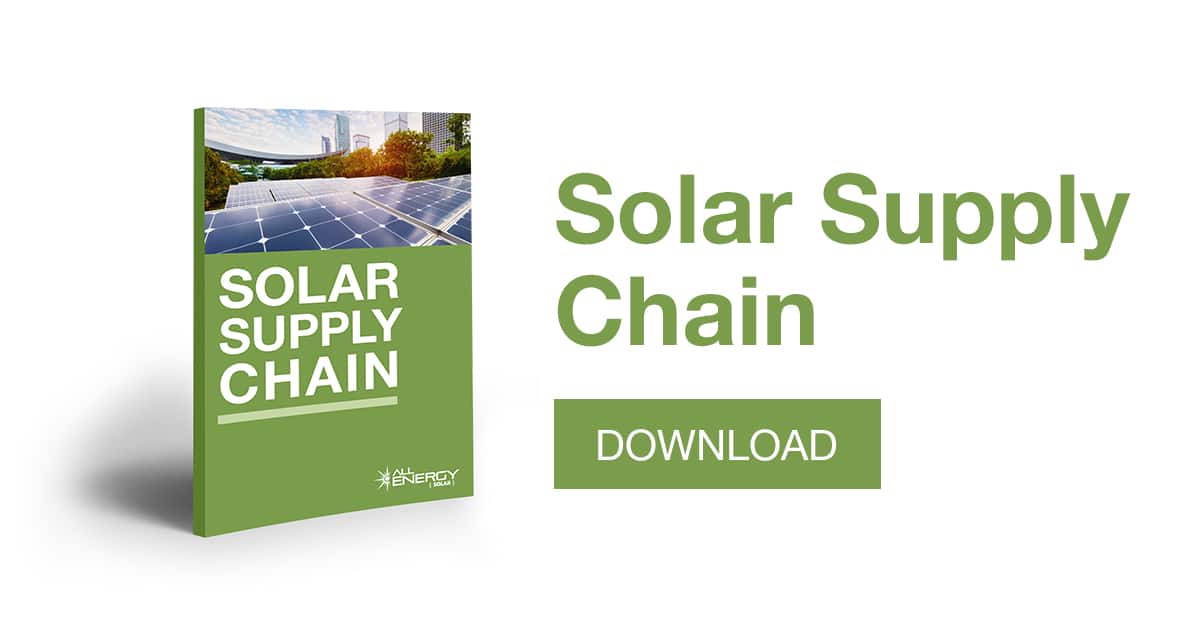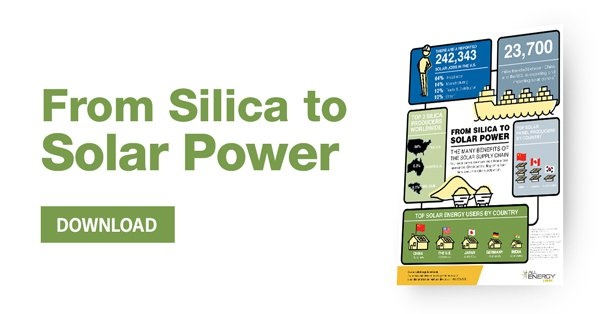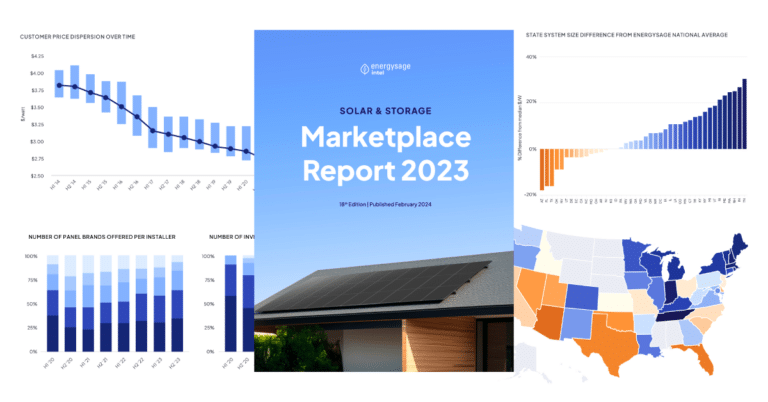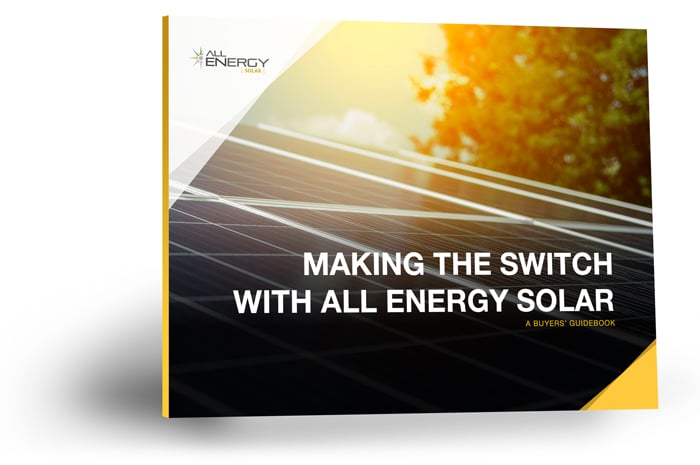If you’re reading this blog, you probably already have an interest in solar energy and its applications for home and commercial power generation. But you may not know about what’s required for solar energy to make the journey from fabrication to distribution to installation. Here’s a quick look at the process needed to bring solar power to your doorstep.
Resources
Two major components of all solar panels are silica and glass. Precious metals also play a role in panel production, including taconite, a low-grade siliceous iron ore that’s used in panel production. Approximately 75 percent of total U.S. taconite and iron ore production comes from Minnesota.
Manufacturing
High-purity silicon is produced from quartz sand in an arc furnace at very high temperatures, then formed into cylinder-shaped ingots. The shiny silicon ingots are sliced into thin wafers with a wire saw, then covered with an anti-reflective coating. A grid-like matrix is added to the surface of the wafer, converting it into a solar cell that can convert solar power into electricity. The cells are soldered into a panel, covered with glass and placed in a frame. After quality testing, the finished panels are ready for distribution.
Distribution
Manufacturers sell the finished panels to distributors. The distributer sells the panels to installers in the region.
Installation
Once they’re obtained from a distributor, solar panels (also known as modules) will be installed on a roof or the ground, depending on location and preference. Installers work with homeowners to select the right sized system for their needs, and work with them on follow-up, maintenance and service as needed.
Powering up
Sunlight hits the panels and generates an electrical current which is fed into your home or business through your electrical panel. As your solar panels generate DC electricity from the sun, that energy will flow into your inverter, where it will be conditioned into AC electricity. You’re now powering your life with solar energy. Solar modules carry a standard 25- to 30-year production warranty. A system that’s designed, installed and maintained properly can last more than 40 years.
Consider solar power
If you’d like to know more about solar power for your home, contact your local solar installer for a free quote and to learn more about which type of solar installation is right for you.
Download the infographic, From Silica to Solar Power, to find out more on the global effort it takes for solar panels to end up on your rooftop.
Download our eBook, Solar Supply Chain, to learn more about how solar energy is an effective engine for the creation of new jobs. 



